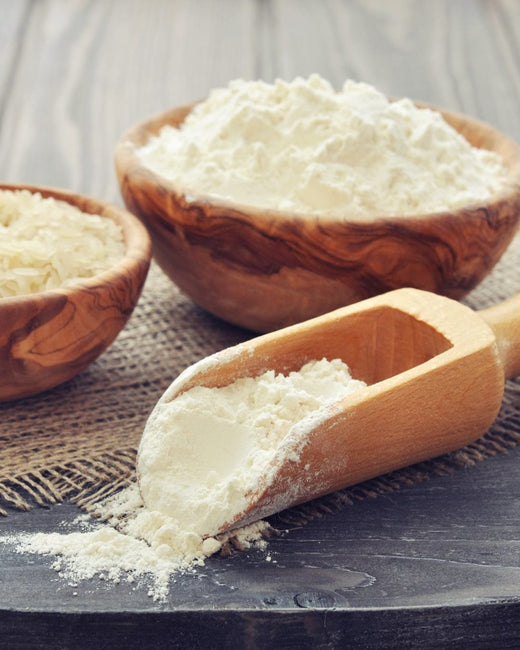
Gluten-Free in Japan
In Japan, the demand for gluten-free foods has been rising in recent years. Since rice is a staple food, there is a wide variety of gluten-free products made from rice flour, such as bread, noodles, and sweets. Many traditional Japanese sweets (wagashi) are naturally gluten-free, including daifuku (sweet rice cakes) and warabi mochi (bracken starch jelly). With the growing focus on health-conscious diets, gluten-free soy sauce and other seasonings are also becoming more widely available.

About Gluten-Free
Gluten-free foods in Japan make use of the country's rice-based food culture, incorporating ingredients like rice flour, buckwheat flour, and beans. Many traditional Japanese sweets (wagashi) are naturally gluten-free, such as daifuku (sweet rice cakes) and warabi mochi (bracken starch jelly). In recent years, even popular foods like ramen and bread have been adapted using rice flour, providing more options for those avoiding gluten. While some traditional fermented seasonings contain gluten, gluten-free versions of soy sauce and miso are becoming increasingly available.

Common Ingredients in Gluten-Free Japanese Foods
Gluten-free Japanese foods often use ingredients like rice flour, buckwheat flour, kudzu starch, and beans. Rice flour is widely used as a substitute for wheat flour in bread, noodles, and sweets. Buckwheat flour is used to make juwari soba (100% buckwheat noodles), a gluten-free alternative to regular soba. Kudzu starch and potato starch are commonly used as thickening agents and in wagashi (traditional sweets). Additionally, nutrient-rich beans such as soybeans and red beans are key ingredients in anko (sweet bean paste), tofu, and okara (soy pulp).








